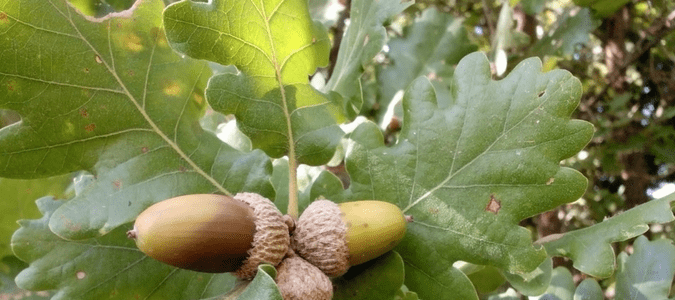Tips for Aerating the Lawn this Fall
Hardly anyone thinks about the dirt the grass grows in, but the health of the soil is a key component to a great lawn. Grass does best in soil that drains well and has a rich, loamy texture.
Poor soil invites many lawn problems, including weak growth, which makes the grass subject to damage from insects, disease or weather conditions. If the soil is compacted or made of heavy clay, it may not drain properly. If it’s sandy or silty, it won’t hold water and will dry out too quickly.
Core aerate the soil every fall or every other fall. This process pulls 2- to 3-inch-long cores from the ground, where they stay until they disintegrate in a couple of weeks, feeding the soil as they do. Core aeration helps keep thatch, or dead root matter, under control and loosens compacted soil. The holes allow water, oxygen and other nutrients to work … Read Full Post »
